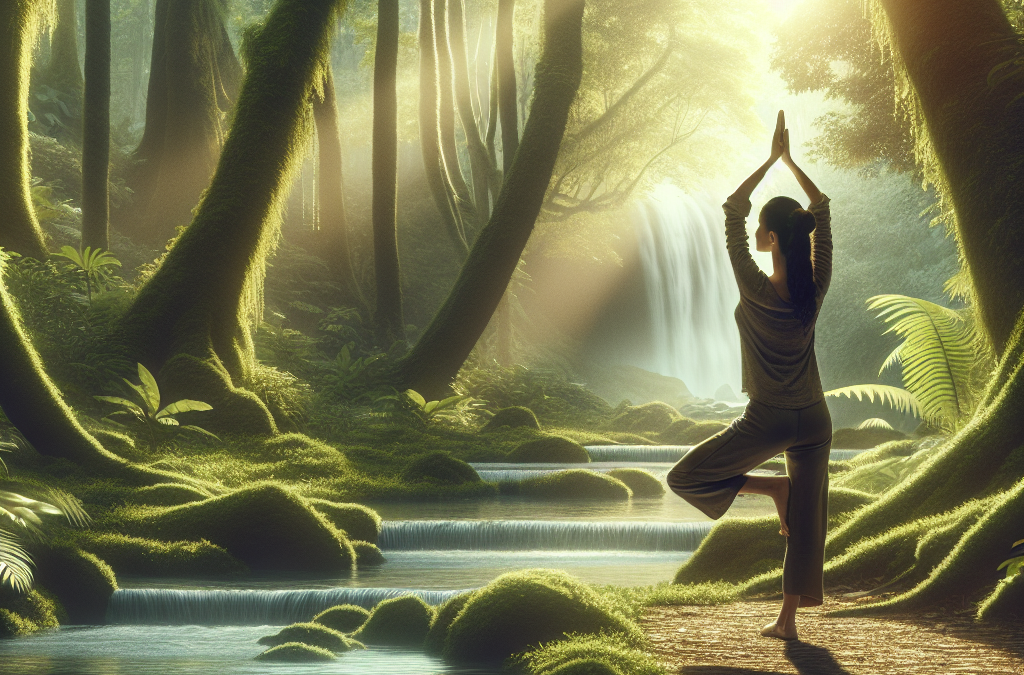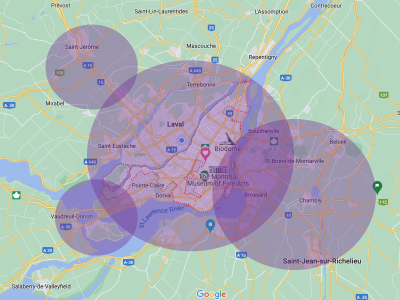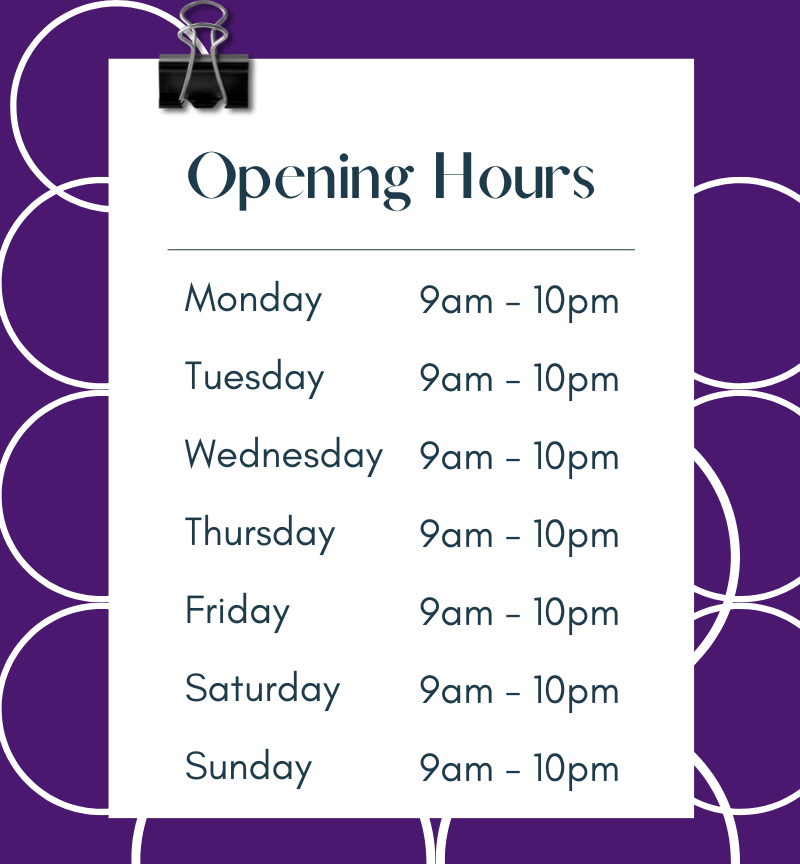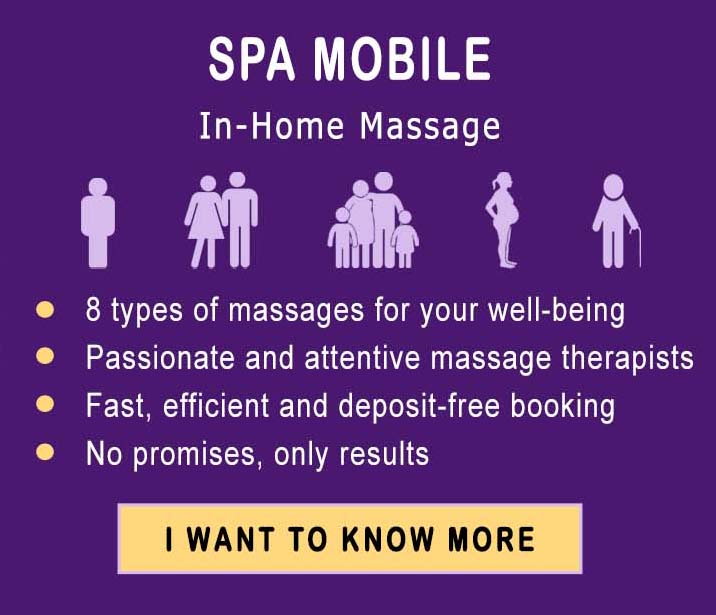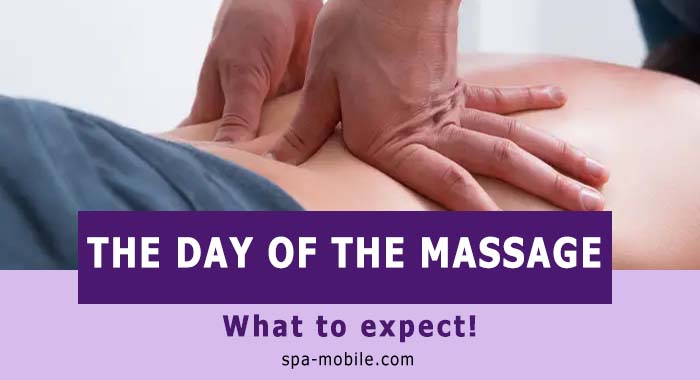Finding Peace: The Top Relaxation Techniques to Try Today
In today’s fast-paced world, finding time to relax and unwind can be challenging. However, taking the time to destress and find peace is essential for our mental, emotional, and physical well-being. In this article, we will explore some of the top relaxation techniques that you can try today to help you find your inner peace.
Meditation
Meditation has been a powerful practice for centuries to promote relaxation and inner peace. By focusing on your breath and clearing your mind of thoughts, you can create a sense of calm and stillness within yourself. To practice meditation, find a quiet and comfortable place to sit or lie down. Close your eyes and take deep breaths, focusing on the sensation of the air entering and leaving your body. Allow yourself to let go of any stress or tension you may be holding onto and be present in the moment.
There are many different types of meditation, so feel free to explore and find the one that works best for you. Some people find guided meditation helpful, as it provides instructions and prompts to help them stay focused. Others prefer silent meditation, where they simply sit in stillness and observe their thoughts as they come and go. Whatever method you choose, incorporating meditation into your daily routine can profoundly impact your sense of well-being.
Deep Breathing Exercises
Deep breathing exercises are another effective way to relax and reduce stress. When we are stressed or anxious, our breathing tends to become shallow and rapid, contributing to tension and unease. Focusing on deep, slow breaths can trigger the body’s relaxation response and calm the nervous system.
Find a quiet place to sit or lie down to practice deep breathing. Place one hand on your chest and the other on your abdomen. Inhale deeply through your nose, allowing your belly to expand as you fill your lungs with air. Exhale slowly through your mouth, emptying your lungs. Repeat this process several times, focusing on the sensation of your breath moving in and out of your body.
Progressive Muscle Relaxation
Progressive muscle relaxation is a technique that involves systematically tensing and releasing different muscle groups in the body. This practice can help you become more aware of areas where you hold tension and learn to release it, promoting physical and mental relaxation.
To practice progressive muscle relaxation, start by sitting or lying down in a comfortable position. Begin by tensing the muscles in your feet and toes as tightly as possible, holding for a few seconds, and then releasing. Move on to your calves, thighs, stomach, chest, arms, and so on until you have tensed and released each muscle group. As you do this, pay attention to the sensations in each area and notice how it feels to let go of tension and relax.
Yoga
Yoga is a holistic practice that combines physical postures, breathing techniques, and meditation to promote relaxation and well-being. The gentle movements and stretches of yoga can help you release physical tension while focusing on breathing, and mindfulness can calm the mind and reduce stress.
There are many different styles of yoga, so you can choose one that fits your needs and preferences. Some styles, like hatha or restorative yoga, are slow-paced and gentle, making them ideal for relaxation. Other styles, like vinyasa or power yoga, are more vigorous and physically challenging but can also provide peace and mental clarity.
To start with yoga, you can attend a class at a local studio or practice at home using online videos or apps. Remember that yoga is a personal practice, so feel free to modify poses or sequences to suit your body and level of comfort. With regular practice, yoga can help you find greater flexibility, strength, and tranquillity in both body and mind.
Nature Walks
Spending time in nature is a powerful way to relax and connect with the world around you. The natural world’s sights, sounds, and scents can provide a sense of peace and tranquillity that is often hard to find in urban environments. Whether you live in a city or a rural area, walking in nature can help you clear your mind, reduce stress, and find a sense of grounding.
To practice nature walks, find a local park, trail, or green space where you can experience the beauty of the outdoors. Take your time as you walk, allowing yourself to notice the sights, sounds, and sensations of the environment. Pay attention to the colours of the leaves, the songs of the birds, and the feel of the breeze on your skin. Take deep breaths and allow yourself to fully immerse in the experience of being present in nature.
Journaling
Journaling is a simple and effective way to process your thoughts and emotions, gain insight into your inner world, and find peace within yourself. By writing down your thoughts, feelings, and experiences, you can release pent-up emotions, clarify your thoughts, and gain a deeper understanding of yourself and your life.
To practice journaling, write in a notebook or journal for a few minutes each day. You can start by jotting down whatever comes to mind without worrying about grammar or spelling. As you write, be honest and open about your feelings, even if they are uncomfortable or difficult. You can also use prompts or questions to guide your writing, such as “What am I grateful for today?” or “What is weighing on my mind?”
Massage Therapy
Massage therapy is a luxurious way to relax, unwind, and pamper yourself. By kneading and manipulating the muscles and tissues of the body, massage therapists can help release tension, improve circulation, and promote relaxation. In addition to the physical benefits, massage therapy can provide emotional and mental relief, as the gentle touch and soothing atmosphere can create a sense of comfort and well-being.
There are many different types of massage, so you can choose one that fits your preferences and needs. Swedish massage is a gentle, relaxing option that uses long, flowing strokes to promote relaxation. Deep tissue massage is a more intense technique focusing on releasing tight muscles and relieving chronic tension. You can also explore other modalities, such as hot stone massage, aromatherapy massage, or Thai massage, to find the one that resonates with you.
Aromatherapy
Aromatherapy is a practice that uses essential oils to promote relaxation, reduce stress, and enhance well-being. Essential oils are concentrated extracts from plants, flowers, and herbs with therapeutic properties and aromatic compounds. By inhaling or applying these oils, you can benefit from their calming, uplifting, or invigorating effects on the body and mind.
Essential oils can be used in various ways to practice aromatherapy. You can diffuse them in a room using an aromatherapy diffuser, releasing the oils into the air and creating a fragrant atmosphere. You can also add a few drops of oil to a warm bath, massage oil, or lotion to enjoy the benefits of the oils on your skin and senses. Some popular essential oils for relaxation include lavender, chamomile, ylang-ylang, and peppermint.
Guided Imagery
Guided imagery is a technique that uses visualization and mental imagery to promote relaxation, reduce stress, and enhance well-being. By creating a mental image or scenario that is peaceful, calming, and soothing, you can evoke feelings of relaxation and tranquillity within yourself. Guided imagery can be practiced on your own or with the help of a therapist or teacher who provides verbal cues and suggestions to guide your visualization.
To practice guided imagery, find a quiet and comfortable place to sit or lie down. Close your eyes and take deep breaths to relax your body and mind. Then, imagine yourself in a serene and peaceful environment, such as a beach, forest, or garden. Notice the details of the scene, such as the colours, sounds, and sensations around you. Allow yourself to fully immerse in the experience of being in this tranquil place, and let go of any stress or tension you may be holding onto.
Music Therapy
Music therapy is powerful for relaxation, stress relief, and emotional healing. It can evoke a wide range of emotions and moods and can help us release tension, find peace, and connect with our inner selves. Whether you listen to calming instrumental music, uplifting songs, or rhythmic beats, music can profoundly impact your mental and emotional well-being.
To practice music therapy, create a playlist of songs that resonate with you and make you feel good. You can listen to this playlist while you relax, meditate, exercise, or engage in other activities. Pay attention to how the music makes you feel and how it affects your mood and energy levels. You can also explore different genres, artists, and styles of music to find the ones that help you feel calm, centred, and at peace.
Mindfulness
Mindfulness is a practice that involves paying attention to the present moment with openness, curiosity, and nonjudgment. By cultivating mindfulness, we can become more aware of our thoughts, emotions, and sensations and learn to respond to them with acceptance and compassion. Mindfulness can help us reduce stress, increase self-awareness, and find inner peace amid everyday challenges.
To practice mindfulness, start by simply noticing your thoughts and feelings as they arise without trying to change or control them. You can do this by focusing on your breath, observing your surroundings, or tuning into your bodily sensations. When you notice your mind wandering or getting caught up in worries or distractions, gently bring your attention back to the present moment. With regular practice, mindfulness can help you develop a greater sense of presence, clarity, and calmness in your daily life.
Conclusion
Finding peace and relaxation in today’s hectic world is essential for our well-being. Incorporating some of the techniques mentioned in this article into your daily routine can reduce stress, increase relaxation, and cultivate a sense of inner peace. Whether you meditate, practice deep breathing, engage in yoga, or explore other relaxation methods, remember that self-care is a priority and that taking time for yourself is vital for your mental, emotional, and physical health.
Remember that finding peace is a journey; it may take time and practice to discover what works best for you. Be patient with yourself, and be open to trying new techniques and approaches to relaxation. By prioritizing self-care and nurturing your mind, body, and soul, you can create a sense of well-being and balance in your life that will support you in facing the challenges and demands of the modern world.
So, take a deep breath, relax, and start your journey towards finding peace today. You deserve it.
References:
– Harvard Health Publishing. “6 relaxation techniques to reduce stress.” Harvard Health. https://www.health.harvard.edu/mind-and-mood/6-relaxation-techniques-to-reduce-stress
– Mayo Clinic Staff. “Coping with stress: Progressive muscle relaxation.” Mayo Clinic. https://www.mayoclinic.org/healthy-lifestyle/stress-management/in-depth/progressive-muscle-relaxation/art-20042183
– National Center for Complementary and Integrative Health. “Aromatherapy.” NIH. https://www.nccih.nih.gov/health/aromatherapy
– University of Rochester Medical Center. “Why is music good for stress relief?” UR Medicine. https://www.urmc.rochester.edu/encyclopedia/content.aspx?contenttypeid=1&contentid=2638
In conclusion, finding peace and relaxation in today’s fast-paced world is essential for our mental, emotional, and physical well-being. Incorporating relaxation techniques such as meditation, deep breathing, yoga, nature walks, journaling, massage therapy, aromatherapy, guided imagery, music therapy, and mindfulness into your daily routine can reduce stress, increase relaxation, and cultivate a sense of inner peace. Remember that self-care is a priority; taking time for yourself is important for your overall health and well-being. So, start your journey towards finding peace today and embrace the calm and tranquillity of caring for yourself.

